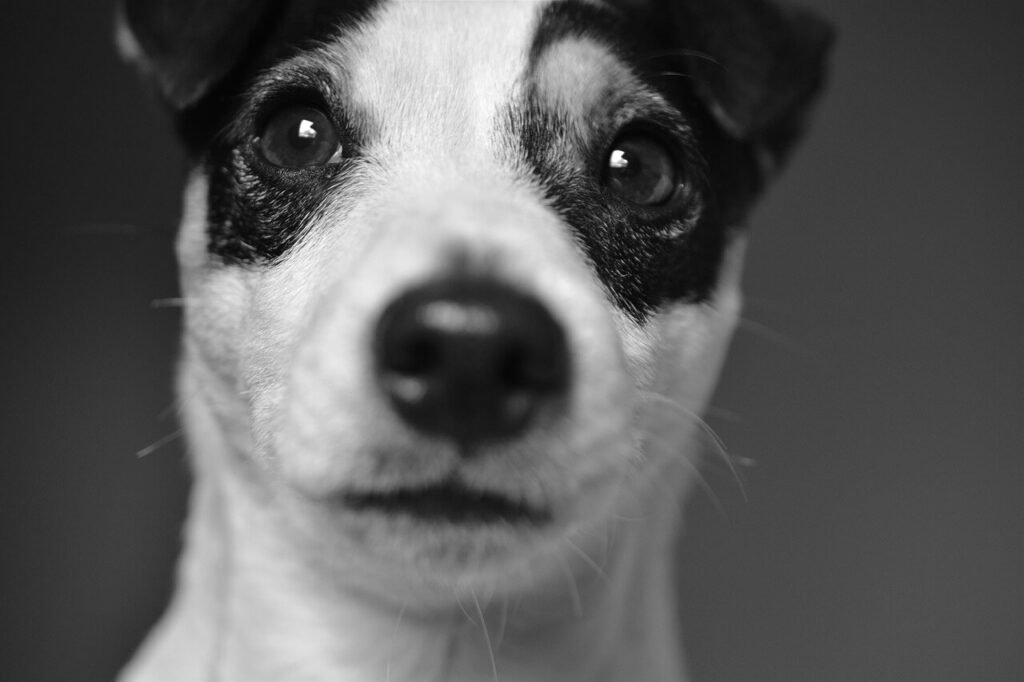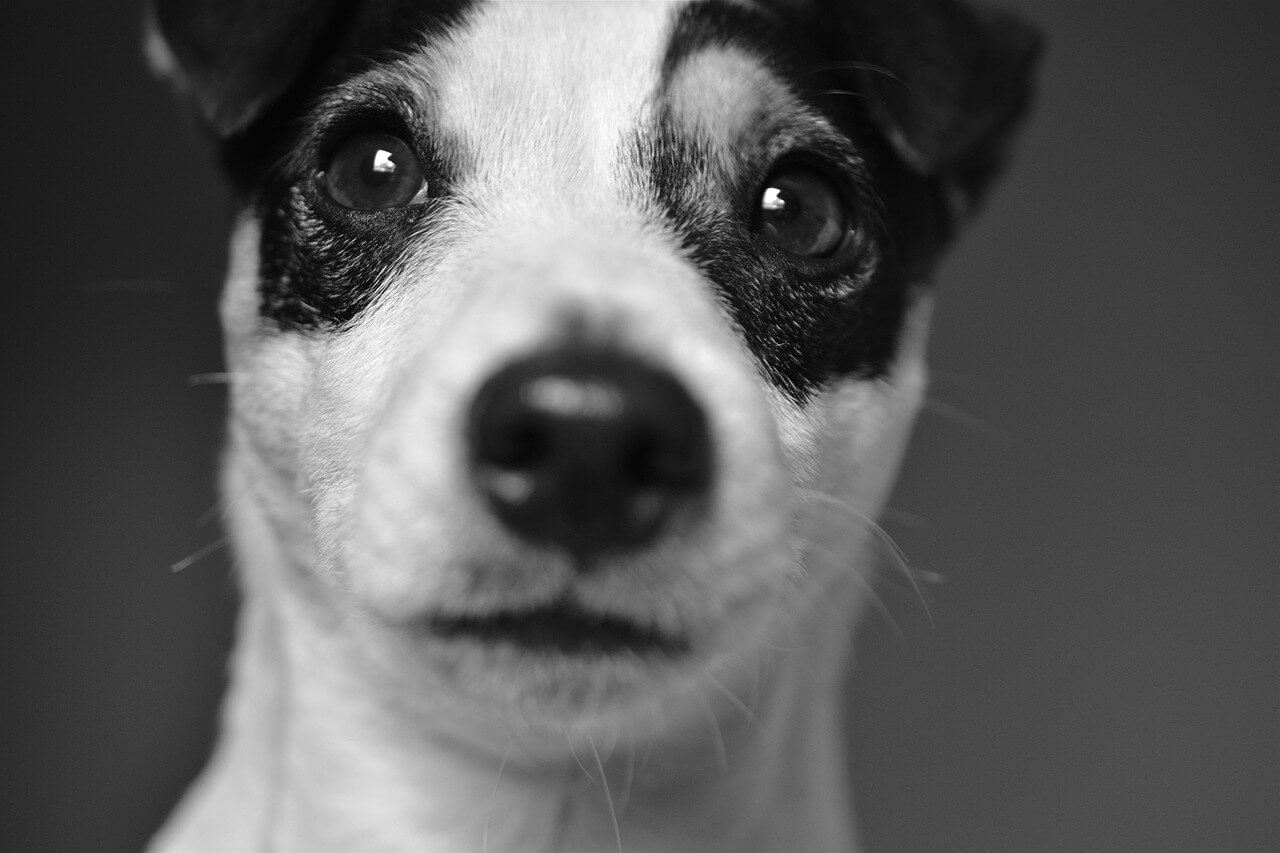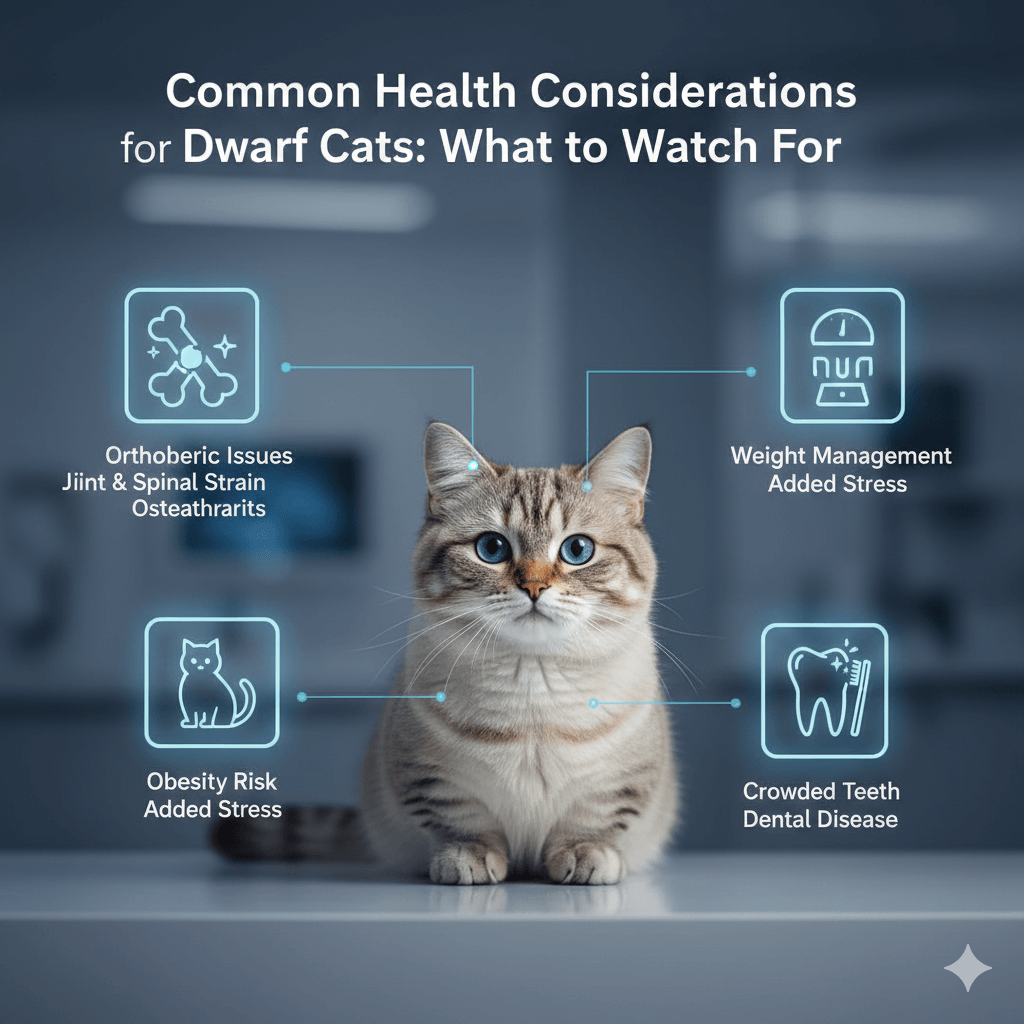Dog Collar Rash Treatment: How to Keep Your Pup Comfortable
A dog collar rash might seem like a minor issue, but it can cause significant discomfort for your furry friend if left untreated. This irritation often occurs when a collar is too tight, made from irritating materials, or has been worn for an extended period without proper care. As a responsible pet owner, it’s essential to recognize the signs of collar rash early and take steps to treat and prevent it. In this blog post, we’ll explore the causes of dog collar rash, effective treatment options, and tips for avoiding future irritation. Let’s ensure your pup stays happy, healthy, and rash-free!
What Causes Dog Collar Rash? Common Triggers
Understanding the root causes of dog collar rash is key to preventing and treating it effectively. Several factors can contribute to this uncomfortable condition. Here’s what you need to know:
Friction from Tight Collars: A collar that’s too snug can rub against your dog’s skin, causing irritation and redness.
Allergic Reactions: Some dogs are sensitive to materials like nylon, leather, or metal components in collars.
Moisture Build-Up: Sweat or dampness trapped under the collar creates a breeding ground for bacteria and fungi.
Poor Hygiene: Infrequent cleaning of the collar or the area around your dog’s neck can lead to infections.
Prolonged Wear: Keeping a collar on 24/7 without breaks can exacerbate rubbing and irritation.
By identifying these triggers, you can take proactive measures to minimize your dog’s risk of developing collar rash. Prevention starts with awareness and proper care.
How to Treat Dog Collar Rash at Home
If your dog has developed a collar rash, prompt treatment is essential to relieve discomfort and prevent further irritation. Here are some simple yet effective steps you can take at home:
Remove the Collar Temporarily: Give your dog’s skin a break by removing the collar until the rash heals completely.
Clean the Affected Area: Gently wash the irritated skin with warm water and a mild, pet-safe cleanser to remove dirt and bacteria.
Apply a Soothing Ointment: Use a veterinarian-recommended ointment, such as hydrocortisone cream or aloe vera gel, to reduce inflammation.
Keep the Area Dry: Ensure the rash stays clean and dry to prevent infection and promote faster healing.
Monitor for Signs of Infection: Watch for symptoms like swelling, pus, or worsening redness, which may require veterinary attention.
With consistent care, most mild cases of collar rash can be treated at home. However, consult your vet if the condition doesn’t improve within a few days.
Check this guide 👉How to Clean a Dog Collar: Best 7 Expert Tips!
Check this guide 👉5 Best Small Dog Collars for Maximum Comfort & Safety!
Check this guide 👉What Does a Red Collar on a Dog Mean? Best 7 Expert Tips!

Preventive Measures for Dog Collar Rash | Treatment Options for Existing Rash |
|---|---|
Choose a properly fitted collar | Remove the collar temporarily |
Opt for hypoallergenic materials | Clean the affected area with mild soap |
Allow breaks from wearing the collar | Apply soothing ointments like hydrocortisone |
Regularly clean the collar | Keep the rash dry and free from moisture |
Check for signs of irritation regularly | Monitor for infection and seek vet help if needed |
Tips for Preventing Dog Collar Rash in the Future
Prevention is always better than cure when it comes to dog collar rash. By adopting good practices, you can minimize the risk of irritation and keep your dog’s skin healthy. Here are some practical tips:
Choose the Right Collar: Select a collar made from soft, breathable, and hypoallergenic materials like padded fabric or leather alternatives.
Ensure Proper Fit: The collar should be snug enough to fit two fingers between it and your dog’s neck—neither too tight nor too loose.
Rotate Collars Regularly: Switch between different collars to give your dog’s skin time to breathe and recover.
Clean the Collar Frequently: Wash the collar weekly with mild soap and water to remove dirt, oils, and bacteria.
Inspect Your Dog’s Neck Daily: Check for early signs of irritation, such as redness or hair loss, and address them immediately.
By incorporating these habits into your routine, you can significantly reduce the likelihood of collar rash affecting your dog.
When to See a Veterinarian for Dog Collar Rash
While many cases of dog collar rash can be managed at home, there are times when professional veterinary care is necessary. Recognizing these situations ensures your dog receives timely treatment. Here’s when to seek help:
Persistent Rash: If the irritation doesn’t improve after a week of home treatment, it’s time to consult your vet.
Signs of Infection: Symptoms like swelling, discharge, or a foul odor indicate an infection that requires antibiotics.
Severe Redness or Swelling: Intense inflammation may signal an allergic reaction or deeper skin issue.
Hair Loss Around the Neck: Excessive shedding or bald patches could point to an underlying dermatological problem.
Behavioral Changes: If your dog shows signs of pain, such as scratching excessively or avoiding touch, it’s best to have them evaluated.
Your veterinarian can provide specialized treatments and rule out other potential causes of skin irritation. Don’t hesitate to reach out if you’re unsure about your dog’s condition.
Exploring Options to Reduce the Risk of Collar Rash
If your dog is prone to collar rash, it might be worth considering alternatives to traditional collars. These options can help minimize skin irritation while still keeping your dog safe and secure. Here are some effective alternatives:
Harnesses: Switching to a well-fitted harness reduces pressure on the neck and eliminates the risk of collar-related irritation.
Breakaway Collars: Designed to release under pressure, these collars prevent excessive rubbing or pulling during play.
Neoprene-Lined Collars: The soft neoprene padding provides extra comfort and reduces friction against your dog’s skin.
Martingale Collars (for Training): These collars tighten slightly when needed but don’t exert constant pressure like traditional collars.
Collar-Free Identification: Consider microchipping your dog as a permanent ID solution, reducing the need for constant collar wear.
By exploring these alternatives, you can find a solution that works best for your dog’s unique needs and minimizes the risk of irritation.
How to Identify Early Warning Signs of Collar Issues
Even before a full-blown rash develops, there are subtle signs that your dog’s collar may be causing discomfort. Catching these early indicators can prevent more serious problems. Here’s what to look for:
Frequent Scratching Around the Neck: If your dog is constantly scratching or rubbing their neck, it could indicate irritation from the collar.
Redness or Warmth Under the Collar: Check for visible redness or warmth when you remove the collar—these are early signs of irritation.
Hair Loss in the Collar Area: Thinning or patchy fur around the neck suggests prolonged friction or discomfort.
Behavioral Changes: Reluctance to wear the collar or sensitivity to touch around the neck can signal a problem.
Odor from the Collar or Skin: A foul smell may indicate bacterial growth caused by trapped moisture or poor hygiene.
Addressing these warning signs promptly can prevent minor discomfort from escalating into a painful rash or infection.
Gentle, Pet-Safe Solutions to Calm Irritated Skin
If you prefer natural remedies for treating your dog’s collar rash, there are several pet-safe options you can try at home. These remedies can complement veterinary care or serve as standalone treatments for mild cases. Here’s what you can use:
Aloe Vera Gel: Pure, organic aloe vera has soothing properties that reduce inflammation and promote healing.
Coconut Oil: This natural moisturizer helps repair damaged skin while providing antibacterial benefits.
Oatmeal Baths: A warm bath with colloidal oatmeal can relieve itching and irritation caused by collar rash.
Chamomile Tea Compress: Steep chamomile tea bags in warm water, then apply the cooled liquid to the rash for calming relief.
Apple Cider Vinegar Spray: Dilute apple cider vinegar with water and spray it on the affected area to disinfect and soothe the skin.
While natural remedies can be effective, always monitor your dog’s response and consult your vet if symptoms persist or worsen. With gentle care, you can help your pup feel comfortable again.
Frequently Asked Questions About Dog Collar Rash
What does dog collar rash look like?
It typically appears as red, irritated skin around the neck, sometimes accompanied by flakiness, hair loss, or scabbing.
Can I use human creams on my dog’s collar rash?
Avoid using human products unless recommended by a vet, as they may contain ingredients harmful to dogs.
How long does it take for a collar rash to heal?
Mild cases usually improve within 3–7 days with proper care, but severe cases may take longer or require veterinary intervention.
Should I stop using a collar altogether?
No, but consider using a harness for walks and giving your dog regular breaks from wearing a collar.
Can certain collars prevent rashes?
Yes, padded, hypoallergenic, or adjustable collars are less likely to irritate your dog’s skin compared to stiff or poorly fitting ones.
Final Thoughts: Ensuring Your Dog’s Comfort and Health
Dog collar rash is a common but preventable issue that every pet owner should be aware of. By choosing the right collar, practicing good hygiene, and monitoring your dog’s skin regularly, you can keep this irritation at bay. If your pup does develop a rash, timely treatment and care will ensure they feel better in no time. Remember, your dog relies on you to notice and address even the smallest signs of discomfort. With a little attention and effort, you can help your furry friend enjoy life without the annoyance of collar-related skin issues. After all, a happy dog means a happy home!
Cat Anxiety Treatment: 7 Proven Ways to Calm Your Stressed Feline Cats are masters of hiding their distress — but when …
Is Royal Canin Good Cat Food? Best 7 Expert Tips! Learn the truth about this brand & get vet-approved advice on feeding, ingredients, and tailored formulas.
Dwarf Cat Lifespan: Best 7 Expert Tips! Discover how to ensure a long, healthy, and happy life for your short-legged feline companion.
Blue Buffalo Cat Food: Best 7 Expert Tips! Discover how to choose the right formula, feeding strategies, and nutritional benefits for your feline friend.




